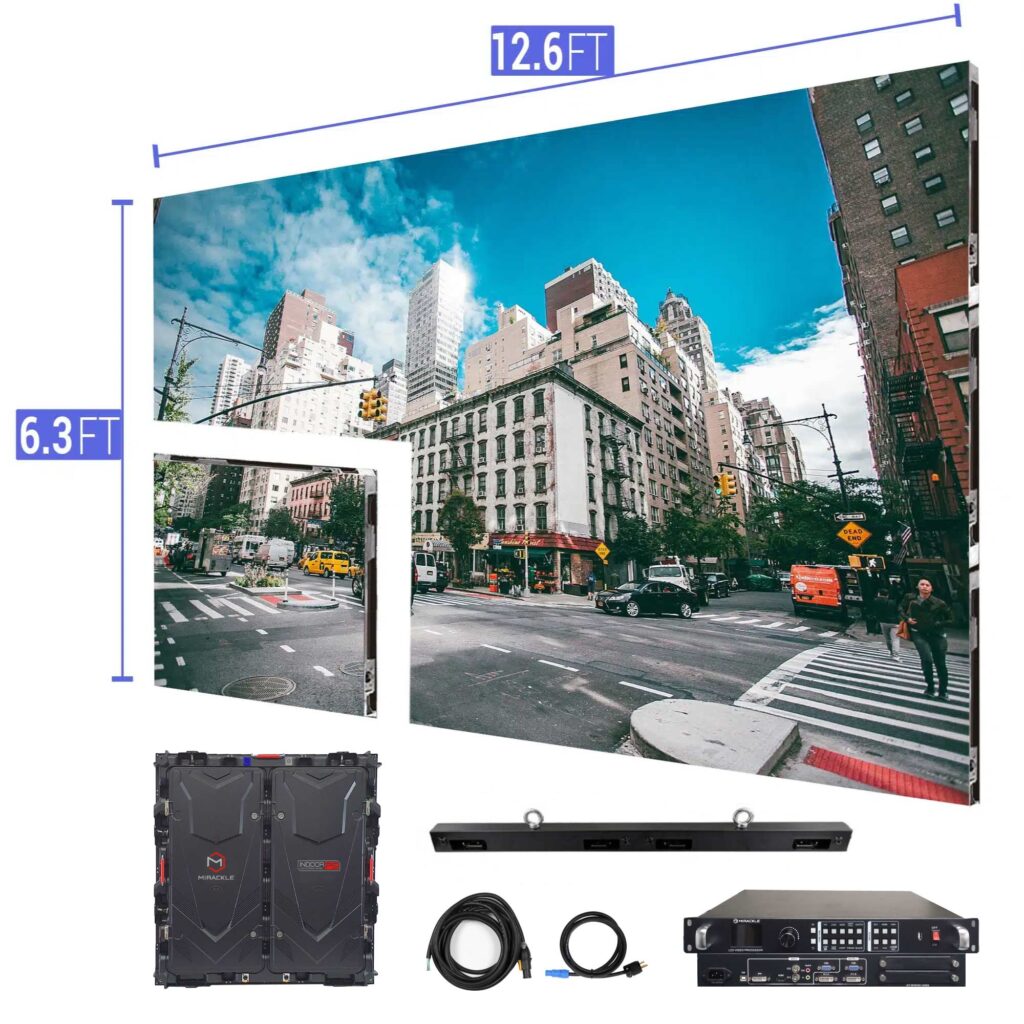Examining the Wide-ranging Integration Options Offered for LED Wall Modules
Examining the Wide-ranging Integration Options Offered for LED Wall Modules
Blog Article
Light Emitting Diode display panels have gained traction for their capacity to deliver high-quality imagery in multiple settings, from corporate environments to entertainment venues. One of the most significant aspects of these systems is their interface capabilities, which allow users to connect them to multiple devices and systems. Understanding the diverse connectivity options available for Light Emitting Diode wall panels is vital for maximizing their use and effectiveness. This article explores these options, showcasing how they can cater to various needs and preferences.
One frequent connection approach for LED wall panels is High-Definition Multimedia Interface. High-Definition Multimedia Interface is broadly recognized for transmitting crisp video and audio signals between components. This interface type is particularly useful in business environments, such as conference rooms or training rooms, where presentations or video content are often displayed. By using HDMI cables, users can seamlessly link laptops, projectors, and streaming devices to Light Emitting Diode wall panels, ensuring a sharp and dynamic display of media.
Another commonly used connectivity option is Display Port, which is comparable to High-Definition Multimedia Interface but offers additional benefits. Display Port can support higher refresh rates and resolutions, making it an excellent choice for interactive media or design-heavy applications. For those using LED wall panels in settings where performance is critical, such as competitive gaming venues or creative workspaces, DisplayPort can provide the necessary visual clarity. Moreover, many contemporary computers and graphics cards feature DisplayPort connections, making it a convenient solution for technology-oriented professionals.
In addition to HDMI and Display Port, cordless transmission options are becoming increasingly prevalent in LED wall panel technology. Cable-free interfaces allow operators to transmit content without the need for physical cables, promoting a cleaner and more adaptable configuration. Technologies such as wireless internet and short-range communication allow users to connect smartphones, tablets, and laptops directly to LED wall panels without cumbersome wires. This versatility is particularly advantageous in fast-paced environments like exhibitions or events, where quick changes to displays are often needed.
For extensive deployments or more intricate configurations, LAN integration through Ethernet is another reliable solution. Wired links provide a stable and reliable way to connect multiple Light Emitting Diode wall panels within a system. This approach is suitable for electronic display applications found in shopping malls or airports, where multiple panels may need to present coordinated content across a broad area. By using Ethernet cables and network switches, users can ensure that all linked panels receive consistent data and content efficiently.
Finally, it's top article crucial to evaluate the evolution of interface technology with advancements such as Universal Serial Bus-C and Thunderbolt Three. These next-generation connection types offer increased data transfer speeds and versatility by allowing one connector to browse around here handle both power delivery and data transmission. As more devices adopt these protocols, LED wall panels equipped with USB-C ports will likely become more common. This evolution in connectivity not only enhances the functionality of LED wall panels but also aligns with the growing trend of minimalism in technology setups by minimizing the number of wires required.
In summary, examining the broad interface methods accessible for Light Emitting Diode wall panels uncovers many opportunities for users across various fields. From traditional methods like HDMI and DisplayPort to contemporary cordless technologies and LAN setups, each pathway serves specific functions tailored to specific needs. Additionally, emerging technologies like USB-C promise further advancements in how professionals utilize Luminescent Diode wall panels. By understanding these connectivity choices, individuals can make informed selections that optimize their overall experience with these multifunctional visual solutions.